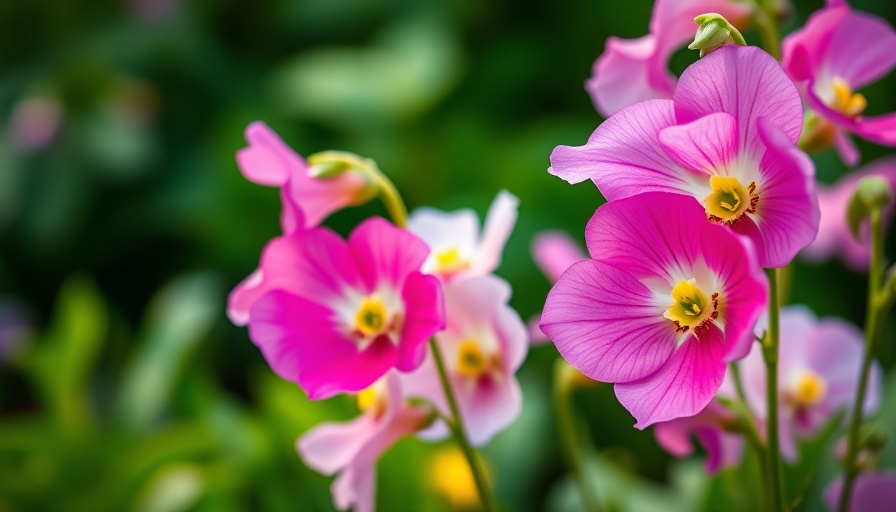
Unlocking the Secrets: Why Sweet Peas Might Not Bloom
Sweet peas, scientifically known as Lathyrus odoratus, are beloved for their lovely fragrance and vibrant colors. However, every gardener has likely faced the frustration of watching these charming vines fail to produce blooms. Understanding the reasons behind this phenomenon is key to nurturing a thriving sweet pea garden.
1. The Mystery of Bud Drop
Bud drop is a common issue that perplexes gardeners. When sweet pea buds fall off unexpectedly, it can be disheartening. This bud drop isn’t caused by disease but rather environmental stressors, including strong winds, sudden temperature shifts, or excessive rain. To remedy this, trim back any affected stems as soon as you notice bud drop. If the weather remains mild, new buds should appear, giving your plants a second chance for blooming.
2. Fungal Foes: The Role of Diseases
Just like any plant, sweet peas are susceptible to diseases that can hinder their blooming potential. Fungal infections such as anthracnose and powdery mildew can devastate your sweet pea plants. Anthracnose manifests as white spots on leaves and blooms, while powdery mildew appears as a fuzzy gray coating. To combat these threats, it’s crucial to keep your plants healthy. This includes regular checks for any signs of disease, removing affected areas promptly, and treating the remainder with neem oil. Well-draining soil and proper air circulation are vital for prevention.
3. Navigating Nutrient Levels: The Problem with Excess Nitrogen
Nitrogen is essential for plant growth, but too much of it can lead to excessive foliage at the expense of flowers. If your sweet peas are showing lush green leaves but no blooms, it may be time to assess your soil's nutrient balance. Using a balanced fertilizer with lower nitrogen content can support blooming more effectively, ensuring your plants allocate energy wisely.
4. Heat and Sweet Peas: What You Need to Know
Sweet peas thrive in cooler conditions. A spike in temperatures, particularly above 80°F, can stress the plants and lead to stunted growth and fewer blooms. As you care for your vines, consider providing some shade during particularly hot days. Utilizing shade cloths or planting them in partially shaded areas can help mitigate heat stress.
5. The Importance of Light
Light exposure plays a crucial role in the flowering of sweet peas. These plants flourish in full sun but can also tolerate partial shade. However, if your sweet peas are planted in overly shady areas, they may fail to produce blooms. Ideally, aim for at least six hours of direct sunlight a day to encourage a bountiful flowering season.
6. Uninvited Guests: Pest Problems
Pests can cause substantial damage to your sweet pea plants, leading to poor blooming outcomes. Aphids and spider mites are notorious for feeding on the foliage and stems, weakening the plants over time. To manage pests, consider implementing organic preventative measures. Regularly inspecting your plants and utilizing insecticidal soap can control outbreaks before they affect blooming.
7. The Role of Soil in Sweet Pea Success
The foundation of your plants is the soil. Sweet peas prefer fertile, moist, well-draining soil. Poor soil quality can significantly impact bloom production. If your soil lacks nutrients or has inadequate drainage, it may be worth enhancing it with organic compost or well-rotted manure. This practice not only enriches the soil but also promotes healthy root development.
Conclusion: Cultivating Beautiful Blooms
Through understanding common pitfalls—such as bud drop, disease pressures, nutrients balance, heat exposure, light requirements, pest management, and soil quality—you can create the ideal conditions for sweet peas to thrive. As gardening enthusiasts know, the journey to a blooming garden is filled with learning experiences, and each challenge is an opportunity for growth. Dive into these practices and ensure your sweet peas blossom beautifully this season!
 Add Row
Add Row  Add
Add 




Write A Comment